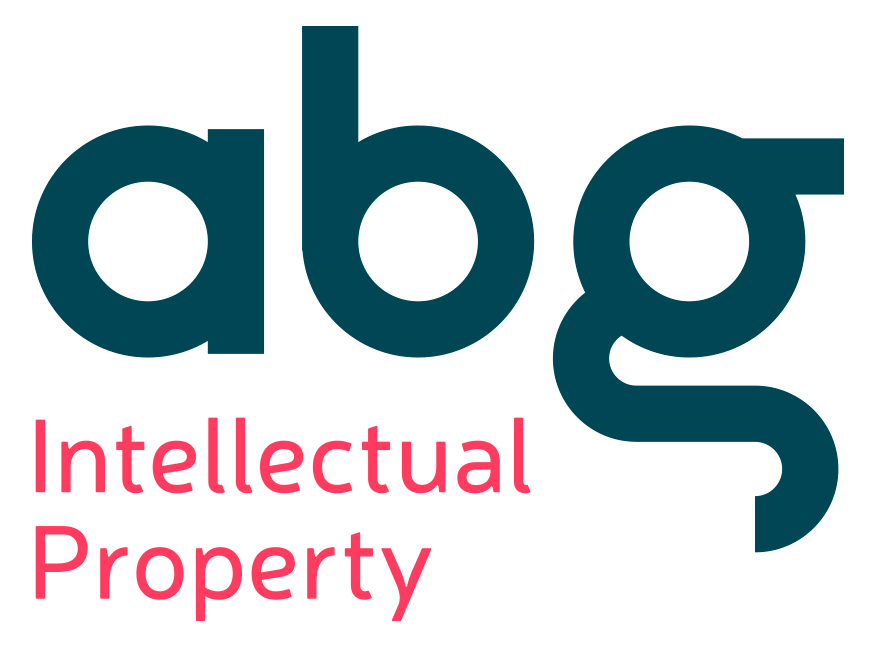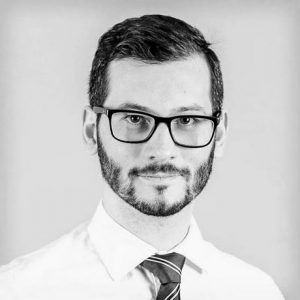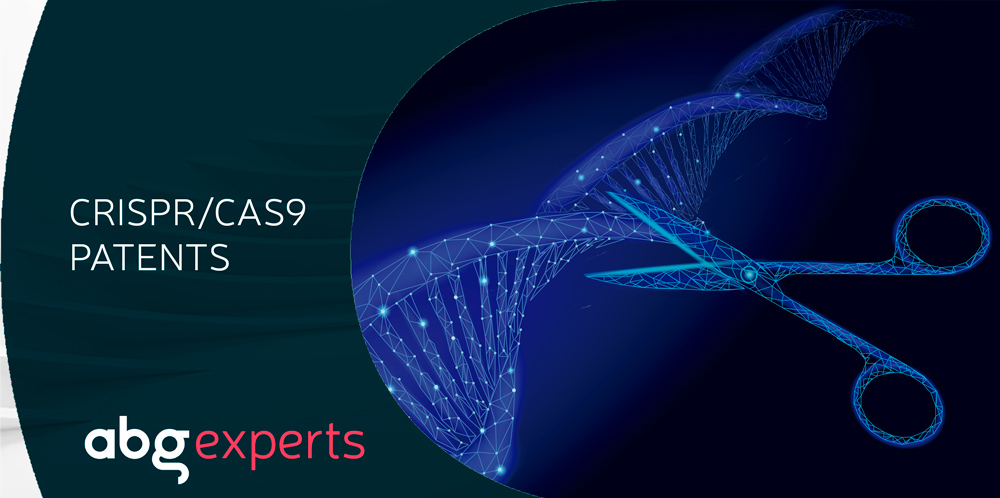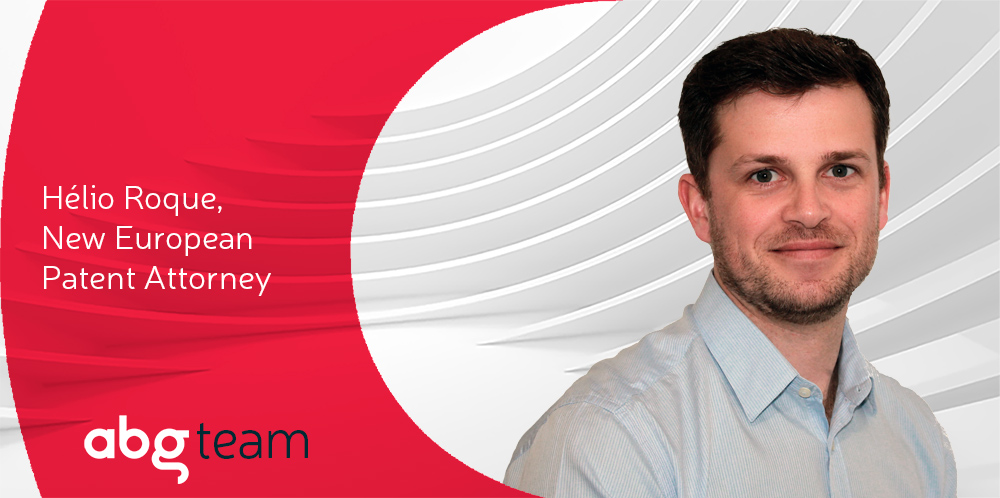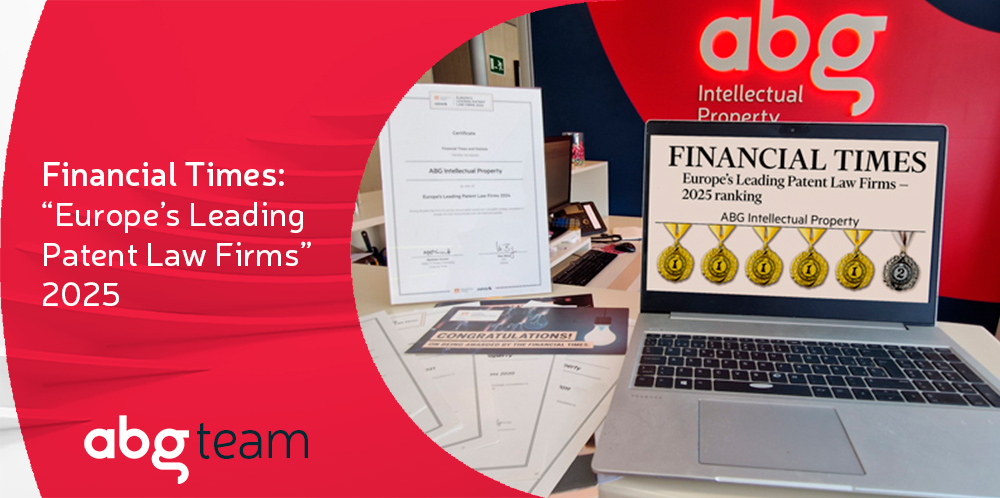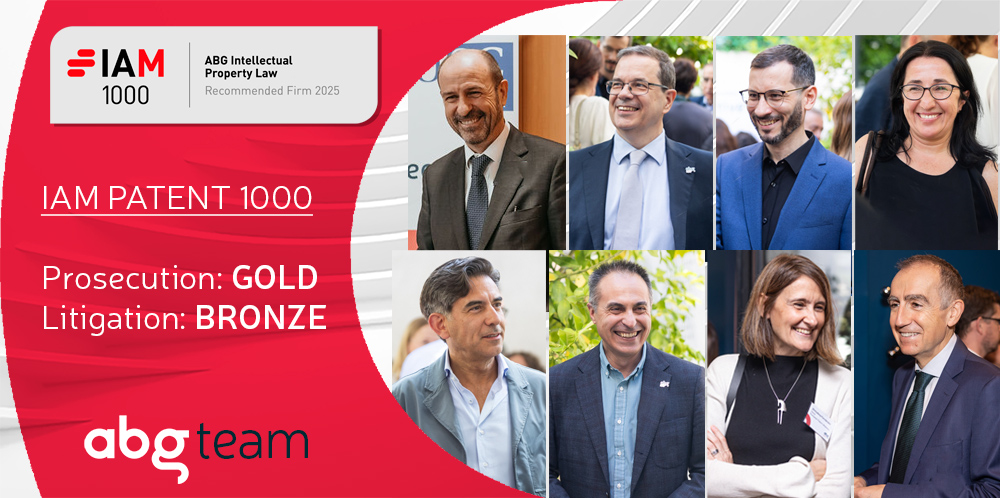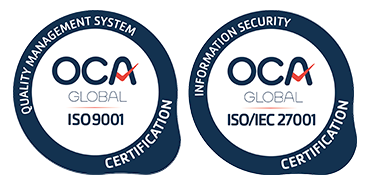In the edition that has just been unveiled, the Nobel Prize in Chemistry has been awarded by the Royal Swedish Academy of Sciences to Emmanuelle Charpentier and Jennifer A. Doudna for “the development of a method for genome editing”. They will split the prize money, which reaches almost one million euros in this edition. This means that the Spaniard Francis Mojica, has been left rewardless, even though he is considered the “father” of the CRISPR technique after an investigation published in 2005 that revolutionised the world of science.
In any case, this amount is almost irrelevant when compared to the astronomical business figures linked to this technology and its projected growth over the coming years. Here, intellectual property (IP) plays a definitive role, since not only the award-winners can enter this promised land, but others like the bioengineer Feng Zhang are leading the charge.

CRISPR patent applications
As is common practice in countries at the forefront of innovation, Emmanuelle Charpentier and Jennifer Doudna were quick to realise that they needed to protect their revolutionary method through the IP system. On 25 May 2012, the researchers filed their first patent application to protect the technology that has now received the Nobel Prize. This patent application has currently been extended to a large number of countries, where it has been granted or is in the process of being granted. In fact, the application has already been granted in the patent “G4”, namely the European, United States, Chinese and Japanese Patent Offices.
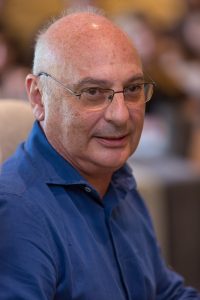
The swift filing of the patent application was in fact a lifeline. A few months later, specifically on 12 December 2012, another group of researchers headed by Feng Zhang, filed a patent application essentially intended for the same CRISPR/Cas9 method, but implemented in eukaryotic cells. Had Charpentier and Doudna not pre-emptively filed the patent application, they could have found themselves in a paradoxical situation, namely receiving a Nobel prize for technology they would now hold an absolute disadvantage over on the market.
With regard to Francis Mojica’s group, many will wonder whether he could have filed a patent application and positioned himself ahead of Charpentier, Doudna or Zhang. However, we must remember that Mojica’s work consisted of discovering the presence of CRISPR nucleotide repetitions in different simple organisms and hypothesising on their significance. Despite this highly valuable piece of scientific information that was undoubtedly pivotal to reaching the now widespread genetic technique, it was not until some years later that Charpentier and Doudna understood how to use the biological process and turn it into a gene-editing tool, thus proving its industrial utility and meeting this fundamental patent requirement.
General patent compared to specific patent
Returning to the Charpentier/Doudna-Zhang conflict, this case brings to the fore a basic patent concept (one which is sometimes forgotten by researchers): a general disclosure does not anticipate a specific disclosure, but a specific disclosure does anticipate a general disclosure. Here, the general disclosure is the CRISPR/Cas9 method without further specification (for example, there is no definition of the type of cell it is implemented in), while the specific disclosure is the CRISPR/Cas9 method specifically performed in eukaryotic cells.

If Charpentier/Doudna’s patent (the general disclosure) had been filed after the Zhang group’s patent (the specific disclosure), the patent would never have been granted as it would not have met the basic novelty requirement. Zhang’s CRISPR/Cas9 method in eukaryotic cells would represent, for all intents and purposes, a disclosure of the CRISPR/Cas9 method.
Nevertheless, the opposite does not necessarily entail an insurmountable patentability barrier. A patent may be granted if a method is unexpectedly found to work in a specific field, or it is noted that the method performs exceptionally well in this field when this above-average performance is unexpected. This means that in the case at hand, the Zhang group’s invention applied to eukaryotic cells is potentially patentable even if there is a first general patent held by the group now awarded the Nobel Prize. Be that as it may, a series of legal conditions must be met in order to confirm this patentability.
In the United States, the patent office (USPTO) concluded that these conditions were met, and both patents currently coexist. It is another case entirely in the European Patent Office (EPO), where the Opposition Division in first instance proceedings, and then the Boards of Appeal in second instance proceedings, ruled that the Zhang group’s invention does not qualify for patent protection.
Cross-licensing: a truce for CRISPR
The result is a deadlock in the United States: on the one hand, the Zhang group cannot enter the market with their eukaryotic cell method because it infringes Charpentier and Doudna’s patent protecting the CRISPR/Cas9 method in a general manner; and on the other hand, Charpentier and Doudna cannot market their invention in eukaryotic cells (a priori cells that are of major commercial interest) because they would infringe Zhang’s patent. This is not an uncommon situation, and is usually resolved with cross-licenses. These are agreements in which both parties pledge to not bring proceedings for patent infringement against each other.
David Cameron, the spokesperson for the Zhang group, recently commented on just this:
“It is time for all institutions to move beyond litigation and instead work together to ensure wide, open access to this transformative technology […]. The best thing, for the entire field, is for the parties to reach a resolution“.
To sum up, it is important to know and take into account the rules governing the intellectual property system, and to be aware that if we do not protect our innovations, others can copy and even protect them. They may be protected either in the same form (if we ourselves have not previously disclosed them, such as by the publication of a scientific paper) or in a similar form (even if we have disclosed them), thus ultimately seriously jeopardising our business.
*You will find the respective patent texts at the following links: Charpentier/Doudna patent, Zhang patent.
